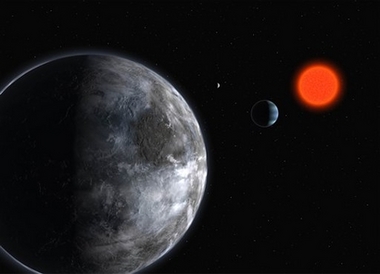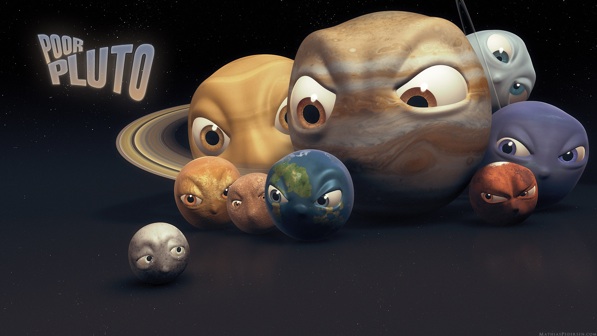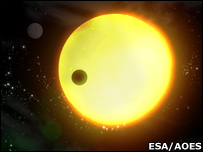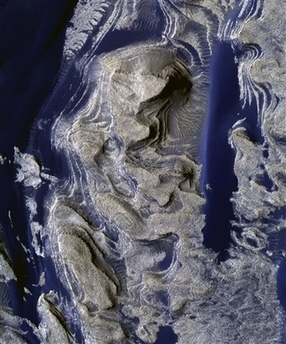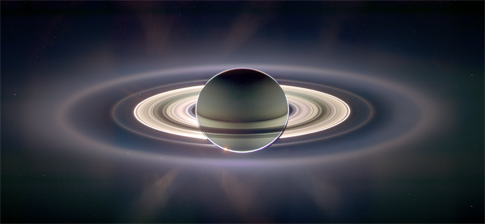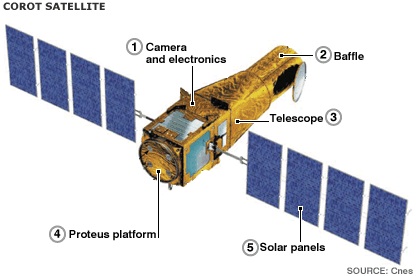Well, not until September at the earliest, that is. (Oh! That feels so good to have finally been able to use that as a post title!)
 What am I talking about? NASA’s Dawn mission, of course. Dawn is a spacecraft that will go to the asteroid belt to study more closely the two largest asteroids, Ceres and Vesta. (Image right is an artist’s impression of the spacecraft. credit: William K. Hartmann, Courtesy of UCLA) In addition to the mission page linked above, there’s also a nice Wikipedia article about it here.
What am I talking about? NASA’s Dawn mission, of course. Dawn is a spacecraft that will go to the asteroid belt to study more closely the two largest asteroids, Ceres and Vesta. (Image right is an artist’s impression of the spacecraft. credit: William K. Hartmann, Courtesy of UCLA) In addition to the mission page linked above, there’s also a nice Wikipedia article about it here.
Last Thursday was to be the launch, but there were problems due to weather (mostly) – you don’t want to be fueling the tanks of the launch vehicle when there is high risk of lightning, as there was that day. There’s more about the matters on the NASA site, and also and Amara’s post on Scientific Blogging.
Actually, her post there is extremely informative about the goals of the mission, and […] Click to continue reading this post →
 I’ve not had time to look at this closely, but there’s been some remarkable news about the possible detection of water in the atmosphere of an extra-solar planet. Wow!
I’ve not had time to look at this closely, but there’s been some remarkable news about the possible detection of water in the atmosphere of an extra-solar planet. Wow!



